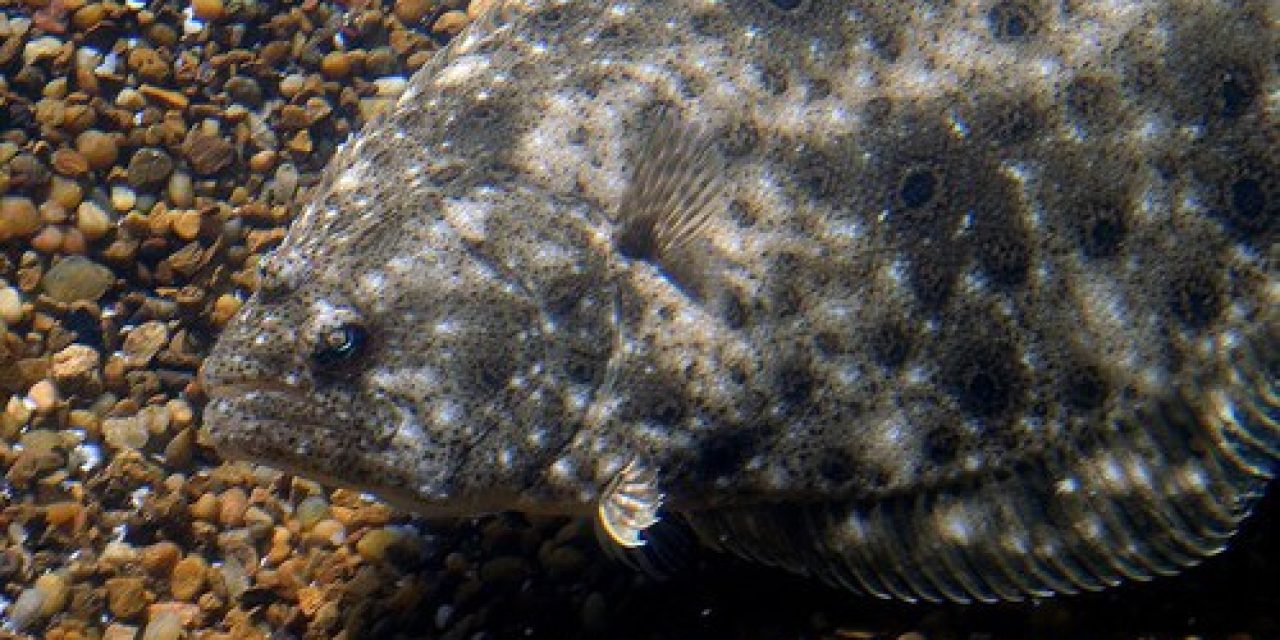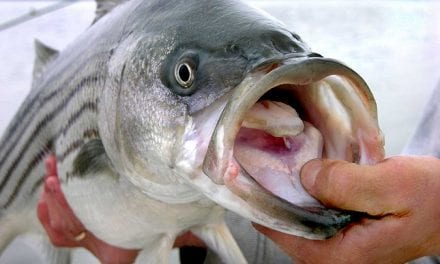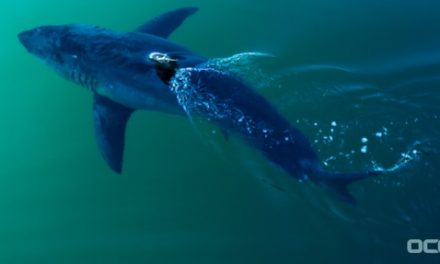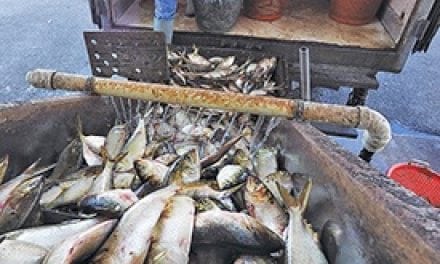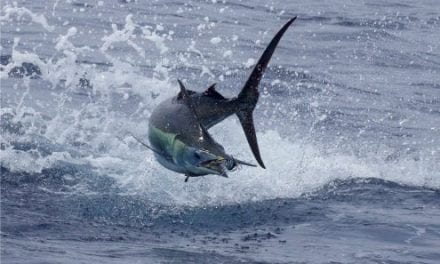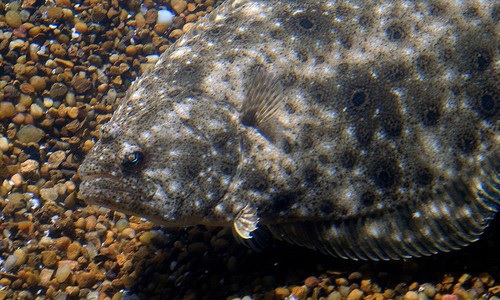 In the northeast, new stock assessments of summer flounder and striped bass are ready for use by fishery managers in the region. Both are “benchmarks,” which are the most complex and thorough form of assessment.
In the northeast, new stock assessments of summer flounder and striped bass are ready for use by fishery managers in the region. Both are “benchmarks,” which are the most complex and thorough form of assessment.
Two new stock assessments are ready for use by fishery managers in the region. Both are “benchmarks,” which are the most complex and thorough form of assessment. They are also peer reviewed by external experts prior to release.
The assessment results indicate that summer flounder are not overfished and overfishing is not occurring, and that Atlantic striped bass are overfished and overfishing is occurring. The results for summer flounder include the stock component in Atlantic waters from North Carolina to the US/Canada border. The results for Atlantic striped bass apply to the stock component found in the coastal and most estuarine waters of all states and jurisdictions from Maine through North Carolina.
Summer Flounder
The summer flounder assessment was presented to the Mid-Atlantic Fishery Management Council Science and Statistical Committee in February. The striped bass assessment is with the Atlantic States Marine Fisheries Commission. Each body creates fishery management plans for fisheries in the region. The council focuses on fisheries in federal waters. The commission focuses on fisheries in interstate waters.
The summer flounder stock assessment process was completed by scientists from NOAA’s Northeast Fisheries Science Center, the Mid-Atlantic Fisheries Management Council, state agencies, the fishing industry, and academia.
The summer flounder assessment benefits from one of the most comprehensive data sets in the region. It includes data from state surveys, federal surveys, recreational surveys, and data from the commercial fishing industry. Fishermen’s data and input were used through vessel trip reports (logbooks), biological samples from commercial catches, data taken during commercial fishing trips by fishery observers, and recreational interviews and catch samples. Fishermen also had input into this assessment through research projects that focused on catchability: how efficiently flatfish species like summer flounder are caught in the NEFSC scientific bottom-trawl survey.
New data in the summer flounder assessment included updated estimates of recreational catch. The new estimates increased recreational catch, which increased estimates of numbers of fish in the stock. These data come directly from recreational anglers through interviews and mail surveys. Another new element was the evaluation of several sex-specific models, attempting to account for size differences between males and females. The model selected for this combined sexes, but the review allowed for significant discussion on building sex-specific models for this species.
Atlantic Striped Bass
The Atlantic striped bass assessment was led by the Atlantic States Marine Fisheries Management Commission and involved a number of state, federal, and academic researchers. New estimates of recreational catch were included in the assessment. This resulted in higher estimates of biomass and new young fish entering the population in comparison to the last assessment (2016), but did not change the overall population trend, which has been declining since 2003. For more on the Atlantic striped bass assessment visit the Atlantic States Fisheries Commission.
More Information
Related articles:
Back Bay Flounder North and South
Light Dawns on Marblehead: Fishing for Winter Flounder with Sigler Guide Service
The post Assessments Completed On NE Summer Flounder & Atlantic Striped Bass Stocks appeared first on OutDoors Unlimited Media and Magazine.

